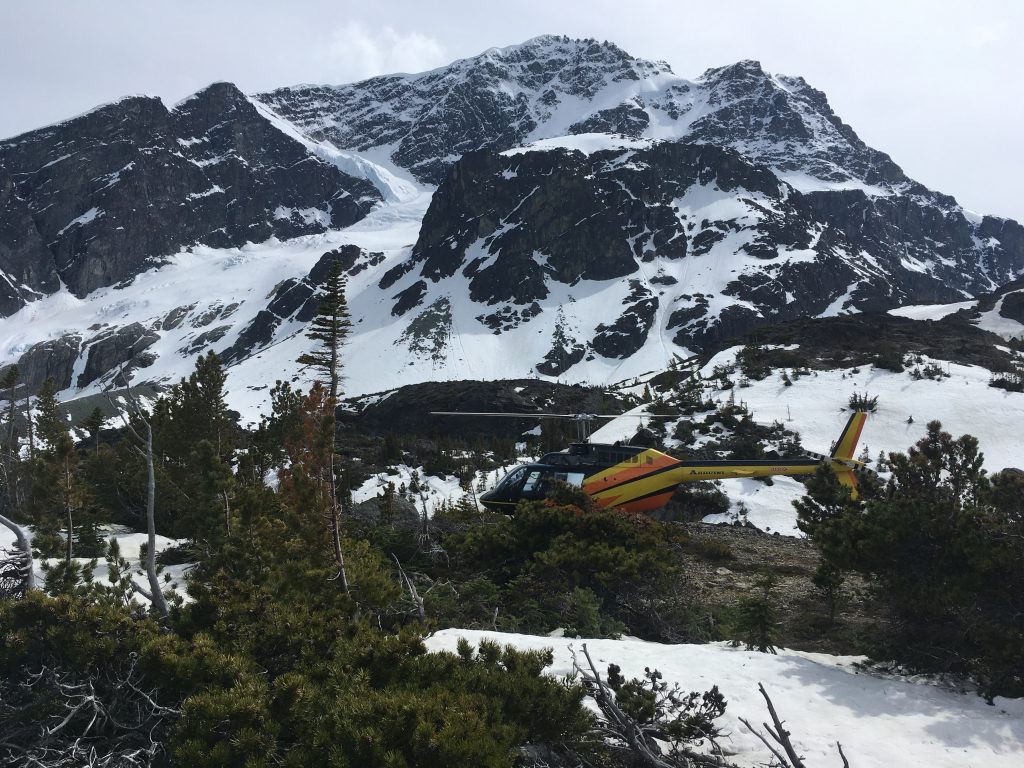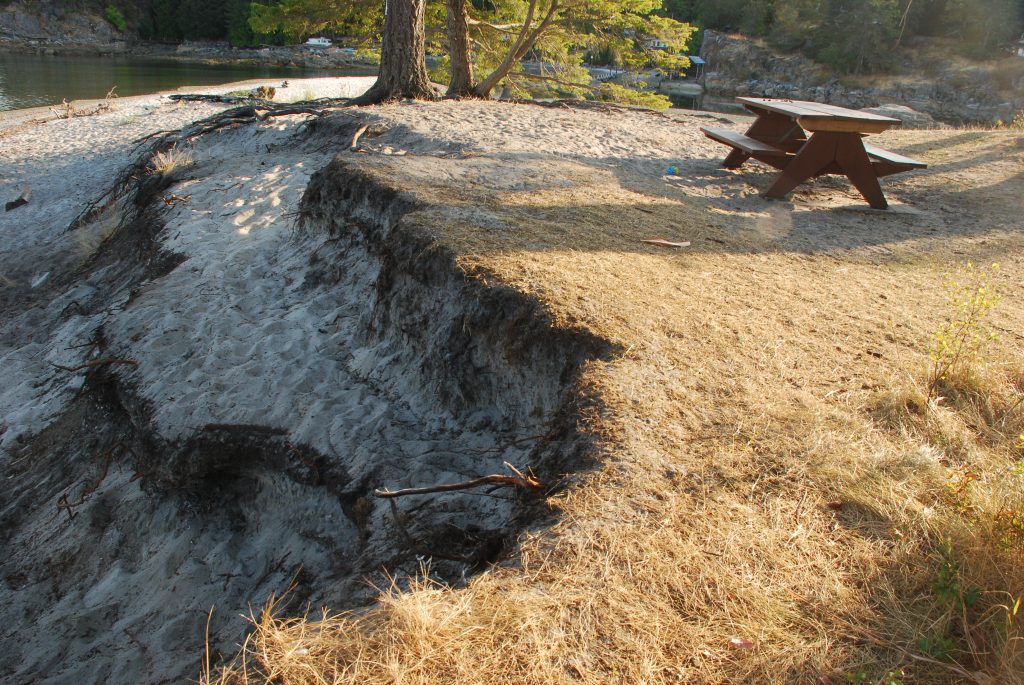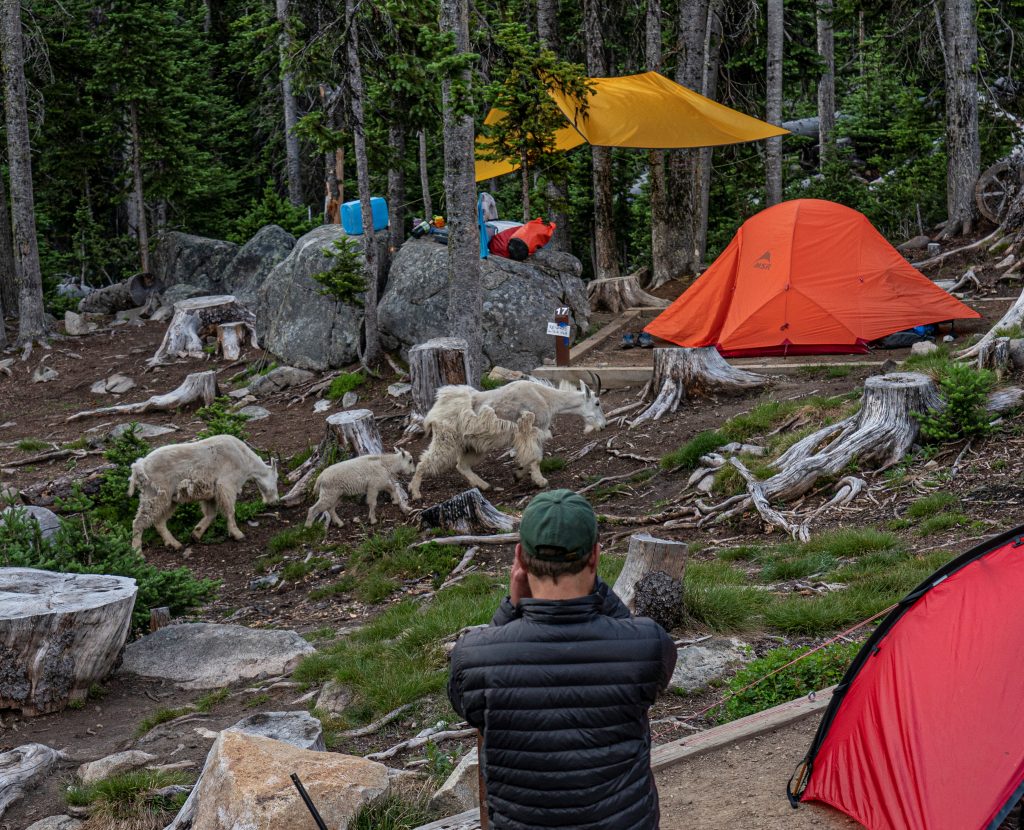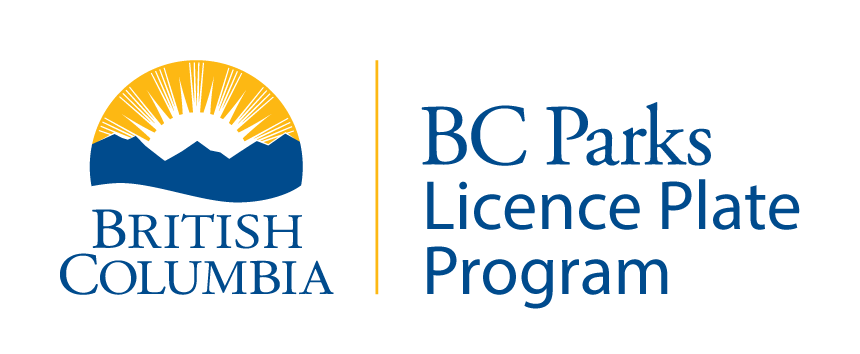Our park biologists’ favourite projects
Categories:
As part of our BC Parks team, we have eight amazing conservation specialists who work as park biologists across B.C. We asked 3 of them – Erica, Lori and Kirk – to choose just one of their favourite projects they’ve worked on over the last few years – a tough ask!
First up: Lori, based in the Cariboo Chilcotin Coast
Favourite project: mapping whitebark pine in protected areas in the Cariboo and Chilcotin

Lori wanted to highlight this project because: whitebark pine are very unique trees that grow in really rugged, high elevations and it’s one of her favourite landscapes.
What is this project all about?
Whitebark pine is an endangered species that has been impacted by pine beetle and blister rust, an invasive fungus that can kill the tree, as well as changing fire patterns and climate change. Whitebark pine are amazing – the cones don’t open on their own, and the trees depend on Clarks’ nutrackers, with their specialized beaks, to cache and disperse their seeds. The fat content in the pine nuts provides an important food source for many animals including grizzly bears.

Most of the mapping of whitebark pine has taken place outside of parks and protected areas. There’s a supposition that if it’s in a park, it’s protected, and mapping these areas is sometimes not the highest priority! But blister rust really doesn’t care if the trees are in a park or not.
We had heard anecdotal stories of healthy whitebark pine stands in Tweedsmuir South Park, so we hired a contractor to map and model habitat, and performed helicopter surveys to produce a detailed map of Tweedsmuir South Park’s stands of whitebark pine.
Whitebark pine is very important to Ulkatcho First Nation and a natural resource tech from the Nation joined us on the helicopter survey.
The most challenging hurdle was fires and weather conditions impacting when we could fly over the park. The first year a large wildfire season prevented us from getting helicopter access, and at the end of fire season, we were grounded by foggy weather twice. We eventually got up in the air the following spring for the survey, and it was well worth the wait.
The biggest win was actually getting up in the air to see the whitebark pine stands – there are some healthy stands in Tweedsmuir South Park. It was really rewarding to look at a map of distribution of whitebark pine and have the once glaring ‘no data’ hole over the park finally filled in.
Next up: Erica, based on Vancouver Island
Favourite project: Restoring a coastal sand ecosystem on Cortes Island

Erica wanted to highlight this project because: the community is so passionate and are incredible partners… they play such a pivotal role in managing the park.
What is this project all about?
There is a very important spit in Mansons Landing Park on Cortes Island that includes a large archaeology site. The spit had been eroding away for years and was covered in swaths of invasive scotch broom (see yellow flowered plant in photo above). The community approached BC Parks concerned about the future of the spit, and this project was born.
We worked with Klahoose First Nation, partner organizations including Friends of Cortes Island, and a coastal engineer to restore the spit. The work included:
- Extensive scotch broom removal through ‘broom bashes’;
- delineating trails;
- efforts to limit driving to certain areas;
- adding interpretive signage to educate the public about incredible species; and
- working to remove derelict boats from the beach in order to protect sensitive dunes and shoreline.


All of these efforts were done to restore the spit and protect an area important to many people on the island. They were funded through our community Park Enhancement Fund and Licence Plate Program.
The most challenging hurdle was working to change people’s behaviours. When things have been happening a certain way for many years, it’s difficult to explain why we need to change things. In this case – to protect a really important ecosystem.
The biggest win was working closely with Klahoose First Nation and the local community. Cortes Island is a small island and they’re deeply engaged with the park and its values
Last but not least: Kirk, based in the Okanagan
Favourite project: Working with “salt conditioned” mountain goats in Cathedral Park
Kirk wanted to highlight this project because: it’s a complex challenge, and it’s rewarding to better understand wildlife and find solutions. And Cathedral is a beautiful park!
What is this project all about?
Mountain goats are an iconic species in Cathedral Park. A few years back, we noticed goats were coming into the campground, presumably attracted to salts in human urine. We were concerned about human/goat conflict in the campground and wanted goats to live wild and not influenced by human attractants.

So we partnered with University of British Columbia Okanagan and the Lower Similkameen Indian Band to collar 10 goats to track them and find out more about their habitat use and behaviour. Around the same time, Thompson Rivers University was interested in doing a study on park users and so we put together a survey aimed at understanding park visitors’ knowledge and behaviour in the park.
One interesting goat finding: goats remained wary of people and spent more time on ridges near the campgrounds but away from people. They came into campgrounds to access the salt while people were still sleeping and would linger into the late morning.
One interesting human finding: there is a big difference between people’s mindsets and their actions – 99% said that mountain goats were important to protect but only 60% said they used the toilets every time (even though they knew urine in campsites was impacting goats).
These findings and more have allowed us to take some actions to help solve potential human-wildlife conflict.
The most challenging hurdle was initially collaring goats in a popular campground – we were walking around holding dart guns, so had to do this before people woke up!

The biggest win was a better understanding of both goat and campers’ behaviours and what we need to do next to solve our potential human-wildlife conflict problem.
A big thank you to Lori, Erica and Kirk for sharing some of their favourite projects with us. Learn more about our conservation program.
Many conservation projects at BC Parks are funded through the Licence Plate Program, including some of the projects featured in this blog. You can contribute directly to projects like this by purchasing or renewing a BC Parks licence plate.
All net proceeds from the sale and renewal of the BC Parks licence plates are re-invested back into parks. Learn more about the BC Parks Licence Plate Program.





